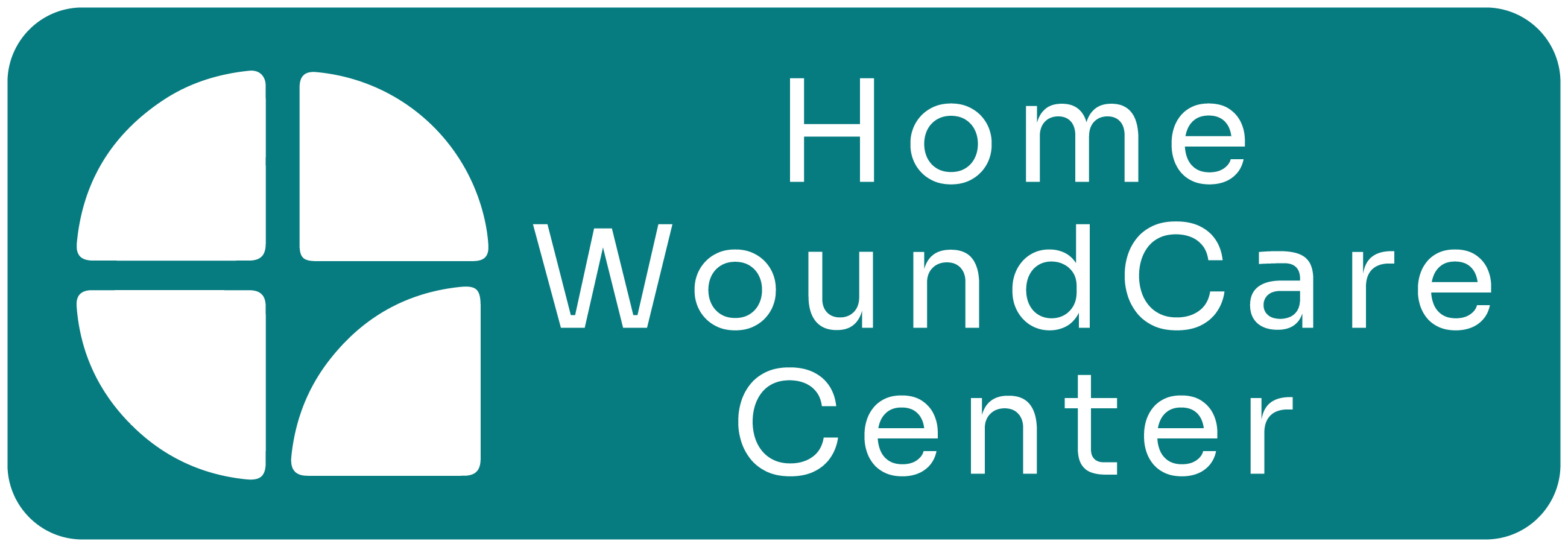Understanding Debridement: Crucial for Wound Healing in Seniors
- Home WoundCare Center
- Feb 13
- 4 min read

Understanding Debridement: Why It's Crucial for Wound Healing in Houston Seniors
As the premier provider of in-home wound care services in Houston and the Waco-Temple-Bryan metropolitan areas of Texas, Home WoundCare Center (HWCC) is committed to educating our community about essential wound healing techniques.
One such crucial procedure is debridement, which plays a vital role in the management of chronic wounds, particularly in elderly patients.
In this comprehensive guide, we'll explore what debridement is, its various types, and why it's essential for healing chronic wounds experienced by seniors in our service areas.
What is Debridement?
Debridement is a medical procedure that involves the removal of dead (necrotic), damaged, or infected tissue from a wound[1].
This process is essential for promoting healing, especially in chronic wounds that are not responding to standard treatment methods.
By removing non-viable tissue, debridement helps restart the healing process and reduces the risk of complications.
Why is Debridement Important for Seniors?
For elderly patients in Houston and the Waco-Temple-Bryan areas, debridement is particularly crucial due to several factors:
Slower healing rates in older adults
Higher risk of chronic wounds due to conditions like diabetes and vascular disease
Increased susceptibility to infections
Potential for wound complications that can lead to more serious health issues
Types of Debridement
At HWCC, we offer various debridement methods, each suited to different wound types and patient needs.
Let's explore the five major types of debridement:
1. Autolytic Debridement
Autolytic debridement is the gentlest and most common method used in our in-home wound care services[2].
This process utilizes the body's own enzymes and moisture to soften and liquefy dead tissue.
Benefits for Houston seniors:
Painless procedure
Ideal for long-term care settings
Minimal risk to healthy tissue
2. Enzymatic Debridement
This method involves applying a prescribed topical agent containing enzymes that chemically break down necrotic tissue[2].
Advantages for elderly patients:
Less painful than mechanical methods
Can be applied daily by nurses
Effective for patients who can't undergo surgical procedures
3. Mechanical Debridement
Mechanical debridement uses physical force to remove dead tissue.
This can include methods such as irrigation, hydrotherapy, or wet-to-dry dressings[2].
Considerations for seniors:
Cost-effective option
May cause discomfort
Requires careful application to avoid damaging healthy tissue
4. Biological Debridement
Also known as maggot therapy, this method uses sterile larvae to remove dead tissue and fight infection[1].
Benefits in chronic wound care:
Effective against antibiotic-resistant bacteria
Precise removal of dead tissue
Suitable for patients who can't undergo surgery
5. Surgical Sharp Debridement
This is the most aggressive form of debridement, performed by a skilled healthcare professional using sterile instruments[6].
Importance for severe wounds:
Quick and effective for large areas of dead tissue
Allows for immediate assessment of the wound bed
May require anesthesia or specialized care settings
The Role of Debridement in Chronic Wound Care
For seniors in Houston and the Waco-Temple-Bryan areas dealing with chronic wounds, debridement is often a critical component of the healing process.
Chronic wounds, such as diabetic foot ulcers, pressure sores, or venous leg ulcers, can become trapped in a prolonged inflammatory state, hindering natural healing processes.
Biofilm Management
One of the key reasons debridement is crucial in chronic wound care is its role in biofilm management.
Biofilms are communities of microorganisms that can form on wound surfaces, creating a barrier that protects bacteria from antibiotics and the body's immune response.
Regular debridement disrupts these biofilms, making wounds more responsive to treatment[7].
Promoting a Healthy Wound Environment
By removing dead tissue and foreign material, debridement helps create an optimal environment for wound healing.
This is particularly important for elderly patients, whose wounds may heal more slowly due to factors like reduced circulation or compromised immune function[7].
Benefits of In-Home Wound Care for Debridement
At HWCC, we specialize in providing in-home wound care services, including various debridement techniques, to seniors in Houston and the Waco-Temple-Bryan metropolitan areas.
This approach offers several advantages:
Comfort and Convenience: Elderly patients can receive expert care in the familiar surroundings of their own homes, reducing stress and anxiety.
Personalized Care Plans: Our wound care specialists can assess the home environment and tailor treatment strategies to each patient's specific needs.
Reduced Risk of Hospital-Acquired Infections: In-home care minimizes exposure to potential pathogens found in healthcare facilities.
Consistent Care: Regular, scheduled visits ensure that debridement and other wound care treatments are performed consistently, which is crucial for optimal healing.
Family Involvement: In-home care allows for greater family participation in the care process, leading to better overall outcomes.
Choosing the Right Debridement Method
When it comes to selecting the appropriate debridement method for seniors in Houston and the Waco-Temple-Bryan areas, several factors must be considered:
The type and extent of the wound
The patient's overall health and mobility
Pain tolerance and comfort level
The presence of any underlying conditions (e.g., diabetes, vascular disease)
The risk of bleeding or other complications
Our experienced wound care specialists at HWCC assess each patient's unique situation to determine the most effective and appropriate debridement technique.
Conclusion
Understanding the importance of debridement in wound healing is crucial for seniors dealing with chronic wounds in Houston and the Waco-Temple-Bryan metropolitan areas.
As the premier provider of in-home wound care services in these regions, Home WoundCare Center is dedicated to offering expert debridement techniques as part of our comprehensive wound management approach.
By combining advanced debridement methods with personalized care plans and the comfort of in-home treatment, we aim to improve healing outcomes and enhance the quality of life for our elderly patients.
If you or a loved one is struggling with a chronic wound, don't hesitate to reach out to HWCC for expert care and guidance in the comfort of your own home.
Citations:


Comments